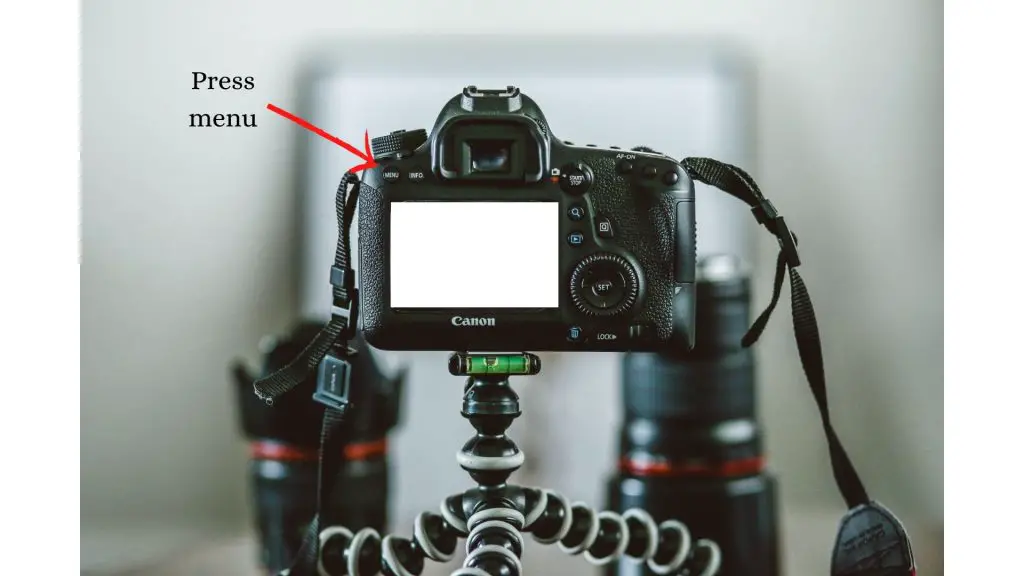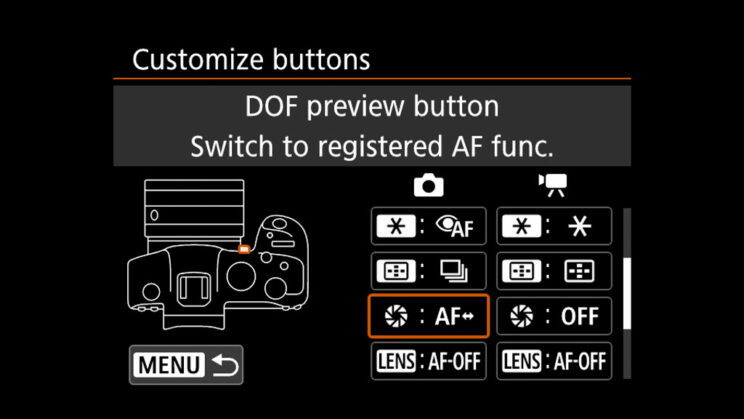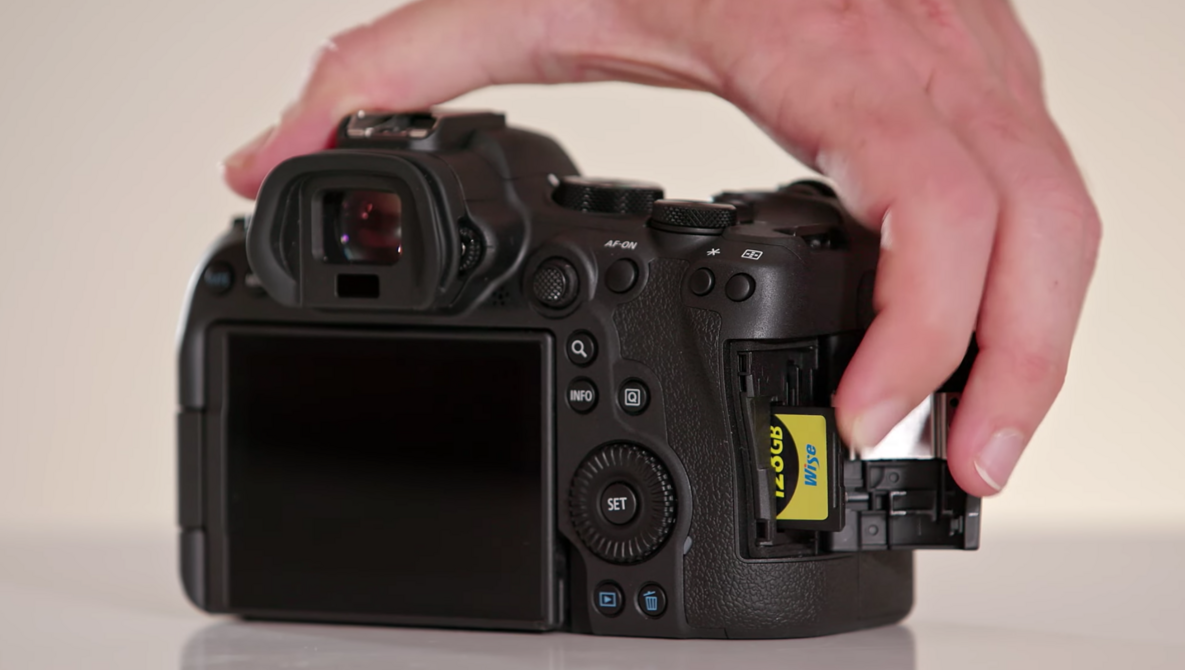

Canon cameras are renowned for their exceptional image quality and versatility, allowing photographers to capture stunning shots in various conditions. However, maximizing the potential of a Canon camera requires understanding and utilizing its settings effectively. In this comprehensive guide, we will delve into the essential Canon camera settings that can elevate your photography skills to new heights.
Understanding Canon Camera Settings

1. Shooting Modes
Canon cameras offer a range of shooting modes to suit different scenarios. The most commonly used modes include:
- Auto Mode: Ideal for beginners, this mode allows the camera to handle all settings automatically.
- Aperture Priority (Av) Mode: Gives you control over the aperture setting while the camera adjusts other parameters accordingly.
- Shutter Priority (Tv) Mode: Allows you to set the desired shutter speed while the camera takes care of other settings.
- Manual (M) Mode: Provides complete control over all camera settings, allowing advanced users to fine-tune each parameter.
By understanding these shooting modes, you can achieve the desired effects and optimize your Canon camera for specific situations.
2. White Balance
White balance determines the overall color temperature of your images. Canon cameras offer several white balance presets, such as:
- Auto White Balance (AWB): The camera automatically adjusts the white balance based on the scene’s lighting conditions.
- Daylight: Ideal for shooting in natural outdoor light.
- Cloudy: Adds warmth to compensate for cool lighting in overcast conditions.
- Tungsten: Corrects the cool tones often present in indoor lighting.
- Custom White Balance: Allows you to create a custom white balance setting by calibrating the camera against a neutral source.
Selecting the appropriate white balance setting ensures accurate colors and enhances the visual appeal of your photographs.
3. ISO Sensitivity
ISO sensitivity determines the camera’s ability to capture light in low-light conditions. Canon cameras typically have a wide range of ISO settings, such as:
- Low ISO (e.g., 100): Ideal for well-lit scenes, producing images with minimal noise.
- High ISO (e.g., 1600 and above): Suitable for dimly lit environments, but may introduce more noise.
Finding the right balance between ISO sensitivity and image noise is crucial for achieving sharp and noise-free photographs.
4. Focus Modes
Canon cameras offer various focus modes to ensure accurate focus on your subject. Some common options include:
- One-Shot AF: Suitable for stationary subjects, locking focus once achieved.
- AI Servo AF: Tracks moving subjects, continuously adjusting focus as needed.
- Manual Focus: Provides complete control over focusing, allowing precise adjustments.
Understanding and selecting the appropriate focus mode can significantly improve the sharpness and clarity of your images.
5. Metering Modes
Metering modes determine how the camera measures the scene’s light to calculate the exposure settings. Canon cameras typically offer three metering modes:
- Evaluative Metering: The camera evaluates the lighting across the entire frame, providing balanced exposures.
- Partial Metering: Concentrates on the center portion of the frame, ideal for backlit subjects or high contrast scenes.
- Spot Metering: Measures exposure at a small spot in the center of the frame, useful when precise metering is required.
Choosing the appropriate metering mode ensures accurate exposure and helps you avoid underexposed or overexposed images.
Frequently Asked Questions (FAQs)

- Q: How can I reset the Canon camera settings to default?
A: To reset the Canon camera settings, navigate to the Menu, find the “Reset” option, and choose “Factory Reset” or “Reset All” to restore the default settings.
- Q: Which Canon camera settings are recommended for landscape photography?
A: For landscape photography, it is advisable to use Aperture Priority (Av) mode with a small aperture (e.g., f/11 to f/16) for increased depth of field. Additionally, using a low ISO sensitivity (e.g., 100) and a tripod can enhance image sharpness.
- Q: How can I prevent blurred photos when shooting moving subjects?
A: To avoid blurred photos, use the AI Servo AF focus mode to track the moving subject continuously. Additionally, selecting a faster shutter speed and enabling image stabilization (if available) can help capture sharp images.
- Q: Can I adjust the Canon camera settings while recording a video?
A: Yes, some Canon cameras allow you to adjust certain settings during video recording, such as exposure compensation, white balance, and ISO sensitivity. However, features may vary between camera models.
- Q: Are there any specific settings for capturing portraits with a Canon camera?
A: For portrait photography, consider usinga wide aperture (e.g., f/1.8 to f/2.8) in Aperture Priority mode to create a shallow depth of field and achieve a blurred background. Additionally, using a moderate focal length (e.g., 50mm to 85mm) can help flatter the subject and emphasize facial features.
Conclusion

Mastering the Canon camera settings is essential for unlocking the full potential of your photography. By understanding and utilizing shooting modes, white balance, ISO sensitivity, focus modes, and metering modes, you can confidently capture breathtaking images in various situations. Experimentation, practice, and familiarity with your specific Canon camera model are key to achieving outstanding results. So grab your Canon camera, explore its settings, and embark on a journey to capture stunning moments that will be cherished for years to come.
